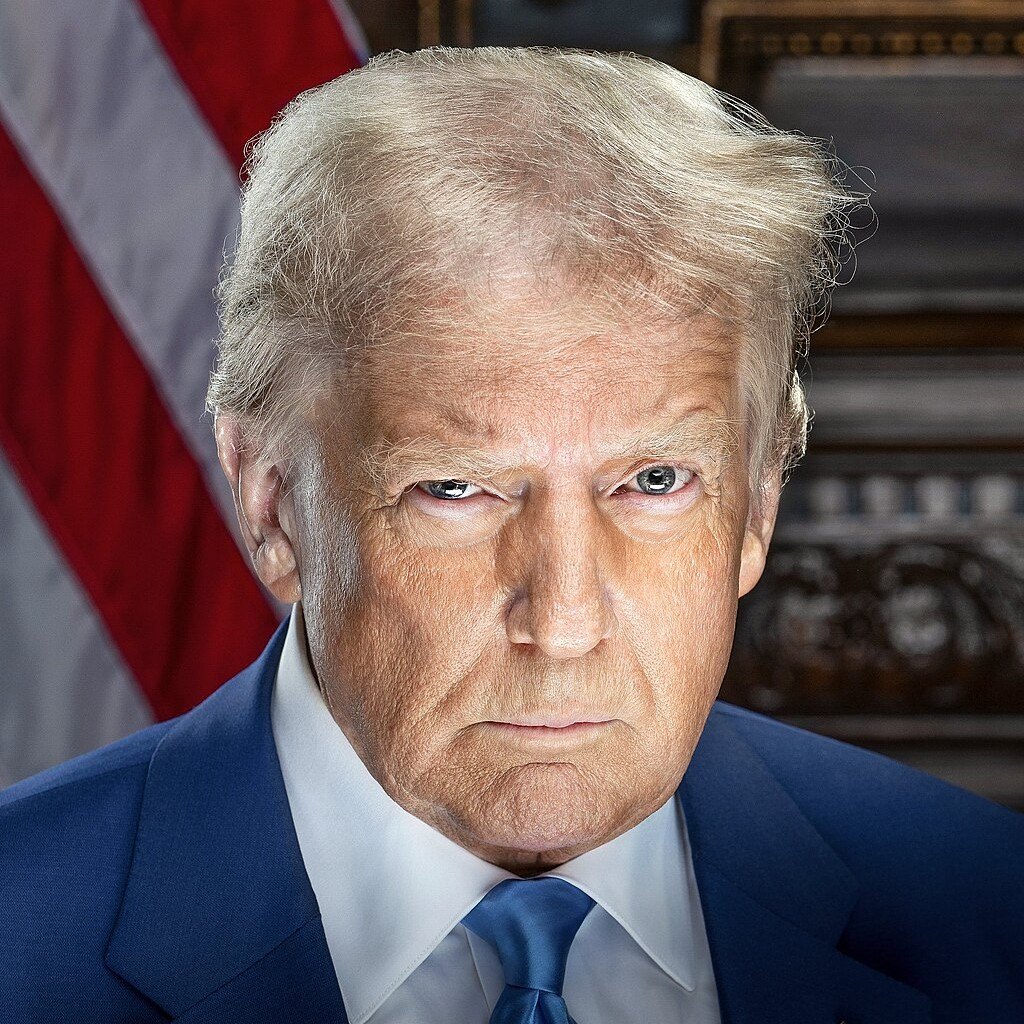A high-profile legal battle between the Trump administration and the Corporation for Public Broadcasting (CPB) is now testing the boundaries of presidential authority over federally linked institutions. The lawsuit, filed on 15 July, seeks the court’s approval to remove three CPB board members – Laura Ross, Diane Kaplan, and Tom Rothman – whom the White House attempted to dismiss in April via executive order. The administration argues that the President has the statutory right to remove appointees serving on congressionally created bodies, reigniting long-standing debates over the limits of executive reach.
At the core of the dispute is whether CPB board members qualify as federal officers subject to presidential removal. The Department of Justice contends they are, asserting that their roles fall under the legal definition of “public offices” created by Congress. CPB counters that its structure, reformed to strengthen independence, places its directors outside the remit of federal dismissal powers. A prior court ruling declined to immediately remove the members, noting unresolved constitutional questions and CPB’s unique legal framework.
For legal counsel advising public-private organisations, this case underscores the vital importance of clear statutory interpretation and defensible governance design. The outcome may set a precedent not only for CPB but for other semi-autonomous entities operating under federal charters. Legal teams must now reassess the vulnerability of board appointments and term limits, especially where executive or political interference could disrupt institutional integrity.
Complicating matters further, the lawsuit coincides with political pressure to defund CPB entirely. Congressional efforts are underway to rescind over $1 billion in allocated funding, which could affect how the judiciary weighs the practical implications of board continuity. If the court upholds the administration’s removal powers, similar actions could follow across federal advisory boards, commissions, and cultural institutions, reshaping the legal architecture of U.S. public governance.
This case marks a moment of reckoning for how legal frameworks protect or expose governing boards. For practitioners, the strategic imperative is clear: ensure legal clarity in governance documents, anticipate political risk, and prepare to defend institutional independence through statutory resilience.


